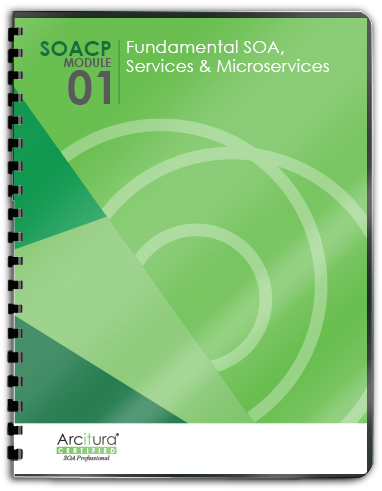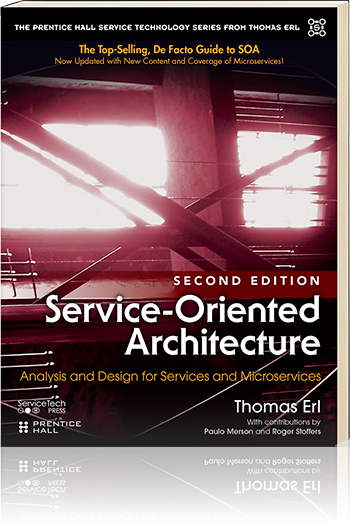SOA Patterns > Basics > What is SOA > Goals and Benefits of Service-Oriented Computing > Increased Federation
Increased Federation
A federated IT environment is one where resources and applications are united while maintaining their individual autonomy and self-governance. SOA aims to increase a federated perspective of an enterprise to whatever extent it is applied. It accomplishes this through the wide spread deployment of standardized and composable services each of which encapsulates a segment of the enterprise and expresses it in a consistent manner.
In support of increasing federation, standardization becomes part of the extra up-front attention each service receives at design time. Ultimately this leads to an environment where enterprise-wide solution logic becomes naturally harmonized, regardless of the nature of its underlying implementation.

Figure 1 – Three service contracts establishing a federated set of endpoints, each of which encapsulates a different implementation. When service-oriented solutions are built via the Web services technology platform, the level of attainable federation is further elevated because services can leverage the non-proprietary nature of the technologies themselves. However, even when using Web services the key success factor to achieving true unity and federation remains the application of design principles and standards.
| Related Service-Orientation Principles
Standardized Service Contract, Service Loose Coupling, Service Abstraction |
| Related SOA Patterns
Canonical Expression, Canonical Protocol, Canonical Schema, Canonical Schema Bus, Canonical Versioning, Contract Centralization, Decoupled Contract, Decoupled Contract, Domain Inventory, Enterprise Inventory,Federated Endpoint Layer, Logic Centralization, Official Endpoint, Service Layers, Service Normalization |

